Talk Overview
In this lecture on deconvolution microscopy, David Agard lecture describes the basic principles of various deconvolution techniques and introduces principles important to deconvolution such as the Fourier transform, points spread function and optical transfer function.
Questions
Assessments
- Deconvolution is a technique to remove out-of-focus blur by:
- Using a pinhole to reject out-of-focus light
- Using linear image filters to computationally remove blur
- Use information about the microscope’s imaging properties to estimate the original object
- Using spatially patterned illumination
- The fourier transform is (multiple answers possible):
- A method to describe a signal in terms of waves, using frequencies and phases
- Is akin to the way objectives form images
- Is used in most deconvolution approaches
- Can only be applied to images
- Convolution of two images in real space is the same as
- Dividing their Fourier transforms
- Multiplying their Fourier transforms
- Adding their Fourier transforms
- Subtracting their Fourier transforms.
- Nearest neighbor deconvolution (multiple answers may be correct)
- Subtracts the blur calculated from all images in the stack from the in-focus image
- Is a very slow and time-consuming method
- Subtracts the blur from planes above and below the in-focus image
- Is blazingly fast
- A Wiener filter
- Gets around the problem of dividing by zero by adding a constant to the denominator
- Is a non-linear filter to remove out-of-focus blur
- Considers only the section below and above the plane of interest
- Is the most useful approach to deconvolution
- Iterative constrained methods
- Use no information other than the psf and the image
- Make simple assumptions to calculate an in-focus image
- Make simple assumptions to calculate a model for the image and iteratively improve the model by testing against the original data
- Are the fastest deconvolution methods
- Blind deconvolution
- Does not use a psf
- Calculates a psf based on properties of your microscope (like na of the objective)
- Estimates the psf while at the same time estimating the object
- Is no longer used since other methods work much better
Answers
View AnswersSpeaker Bio
David Agard
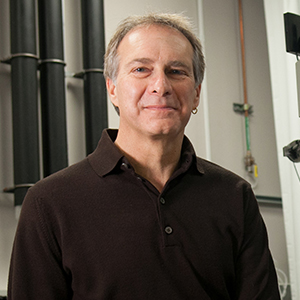
David Agard is Professor of Biochemistry and Biophysics at the University of California, San Francisco, an Investigator of the Howard Hughes Medical Institute and a member of the National Academy of Sciences. Agard’s lab studies the relationship between the structure and the function of macro and supramolecular complexes such as centrosomes, chromosomes, and HSP 90…. Continue Reading
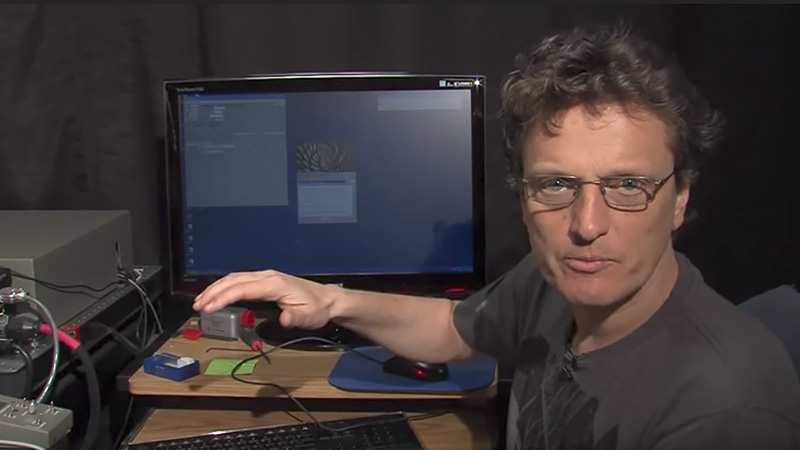
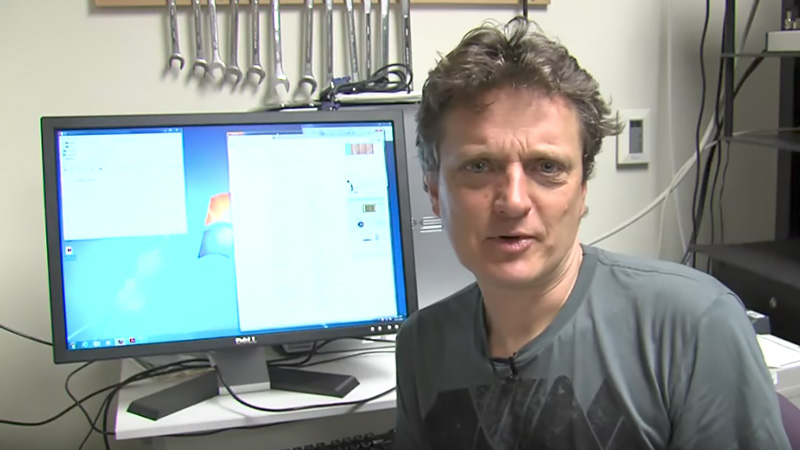
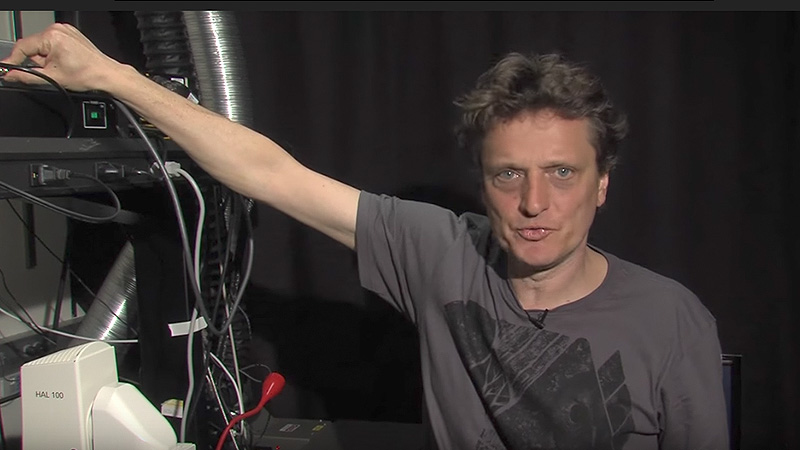
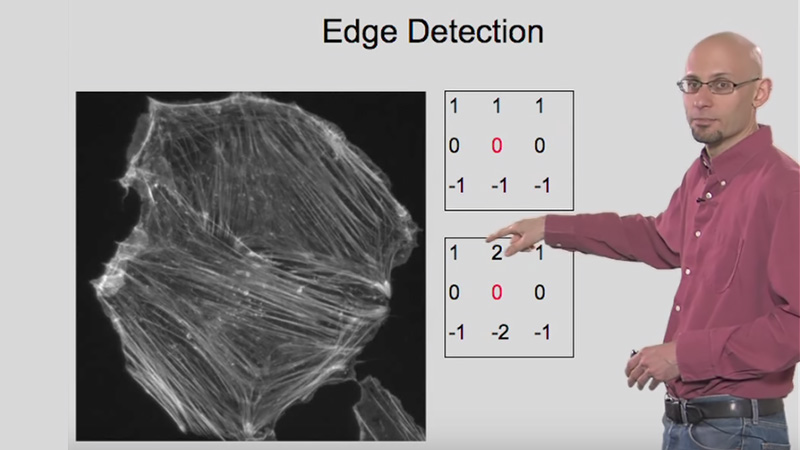





Leave a Reply